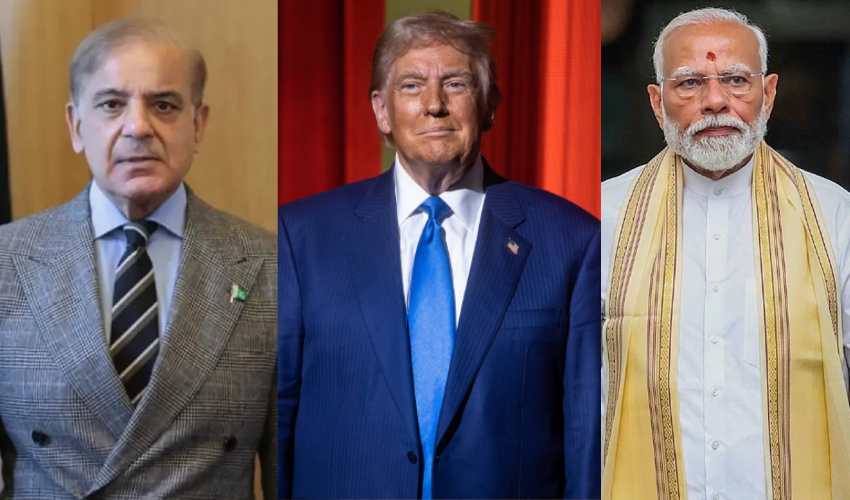History
The relationship between India and Pakistan has been fraught with tension and conflict since their independence in 1947. Several wars and numerous skirmishes have punctuated their shared history, casting a long shadow over the region. Amidst this volatile dynamic, the United States has often played a significant, albeit complex and sometimes controversial, role. Understanding America’s involvement requires navigating a landscape of Cold War alliances, regional power dynamics, and its own strategic interests.
Early Involvement: The Cold War Context
The early decades of the India-Pakistan rivalry coincided with the peak of the Cold War. The United States, locked in a global ideological struggle with the Soviet Union, sought allies to contain communist influence. This strategic imperative significantly shaped its approach to the subcontinent.
Pakistan, seeking security and economic assistance, aligned itself with the US through alliances like the Southeast Asia Treaty Organization (SEATO) and the Central Treaty Organization (CENTO). This provided Pakistan with military aid and diplomatic support, but it also placed it firmly within the American sphere of influence.
India, on the other hand, adopted a policy of non-alignment, seeking to maintain its independence from both superpowers. While this stance allowed India to forge its own path, it also meant a more distant and often strained relationship with the US during this period.
The Wars and American Diplomacy
The wars of 1965 and 1971 saw the US attempting to play a delicate balancing act. While officially neutral, American sympathies and material support often leaned towards Pakistan due to their alliance. However, this stance was complicated by domestic pressures and the recognition of India’s democratic credentials.
During the 1965 war, the US initially suspended military aid to both countries in an attempt to de-escalate the conflict. This action, while intended to be neutral, was perceived by Pakistan as a betrayal, given their treaty obligations. The US ultimately supported UN resolutions calling for a ceasefire and withdrawal of forces.
The 1971 war, which led to the creation of Bangladesh, presented a more complex scenario. The US, under President Nixon and his National Security Advisor Henry Kissinger, maintained a strong pro-Pakistan stance, largely due to its secret diplomatic outreach to China through Pakistan. This led to significant friction with India and accusations of American bias. Despite this, the US eventually supported UN resolutions calling for a ceasefire after the fall of Dhaka.

Why the US Advocated for Ceasefires
Several factors consistently motivated the United States to push for ceasefires in the India-Pakistan wars:
- Preventing Escalation: The primary concern was that these regional conflicts could escalate into larger, more devastating wars, potentially drawing in other global powers, especially during the Cold War. The possibility of nuclear proliferation becoming a factor in later years further amplified this fear.
- Maintaining Regional Stability: Instability in South Asia was seen as detrimental to broader US strategic interests. Prolonged conflicts could disrupt trade routes, fuel extremism, and create power vacuums that could be exploited by adversaries.
- Protecting Alliances (in the Cold War Era): While the US sought to de-escalate conflicts, it also had to consider its alliances, particularly with Pakistan during the Cold War. However, the desire to prevent wider conflict often outweighed the commitment to fully backing its ally.
- Humanitarian Concerns: While often secondary to strategic interests, the humanitarian consequences of war, including loss of life, displacement, and suffering, also played a role in the US desire for a swift end to hostilities.
- International Pressure: The US, as a leading member of the United Nations, was often responding to international pressure and resolutions calling for peace and de-escalation.

The Post-Cold War Era and Beyond
The end of the Cold War brought about a shift in US foreign policy and its relationship with India and Pakistan. With the collapse of the Soviet Union, the strategic imperative of aligning with Pakistan against communism diminished. The US began to cultivate closer ties with India, recognizing its growing economic and strategic importance in the region.
The Kargil War in 1999 saw the US take a more direct role in de-escalation, publicly urging Pakistan to withdraw its forces from Indian-administered Kashmir. This marked a departure from its more neutral stance in previous conflicts.
In the aftermath of 9/11, the US found itself relying on Pakistan for support in its “War on Terror,” leading to a complex and often strained relationship. Simultaneously, the strategic partnership with India continued to deepen, particularly in areas of counter-terrorism, trade, and security in the Indo-Pacific.
Conclusion
America’s role in the India-Pakistan conflicts has been multifaceted and shaped by its own evolving strategic interests and the changing global landscape. From its Cold War alliances to its post-9/11 security concerns, the US has consistently sought to prevent large-scale wars and maintain stability in a volatile region. While its actions have often been criticized by both sides, the shadow of American influence has undeniably played a significant part in shaping the trajectory of India-Pakistan relations and the pursuit of peace, however elusive it may seem.

The Shadow of Superpower: America’s Role in India-Pakistan Conflicts
Read more: The Shadow of Superpower: America’s Role in India-Pakistan Conflicts